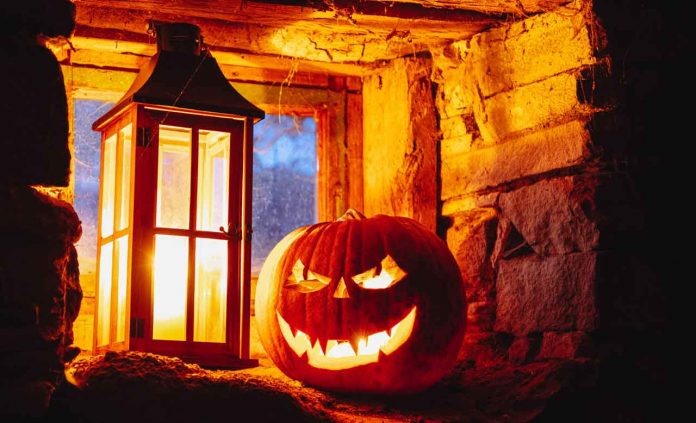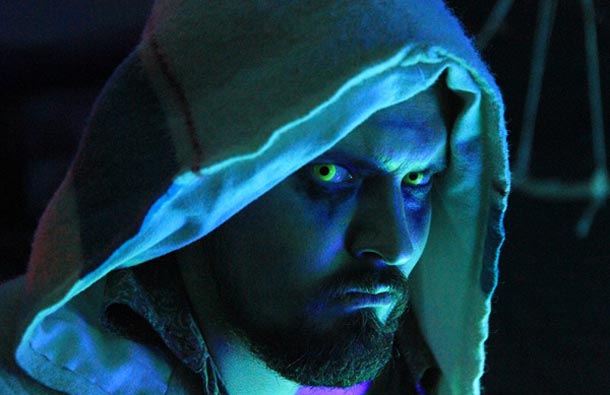Halloween today is synonymous with costumes, candy, parties, and a slightly eerie atmosphere. However, the origin of Halloween delves much deeper than just trick-or-treating and jack-o’-lanterns. It’s a festivity rooted in ancient traditions, which have evolved over centuries across different cultures.
Ancient Beginnings: Samhain: A Celtic Tradition
The roots of Halloween trace back over 2,000 years to the ancient Celtic festival of Samhain (pronounced “sow-in”). Celebrated from October 31st to November 1st, Samhain marked the end of summer and the harvest season and ushered in the darker half of the year. It was believed that on the night of October 31st, the boundaries between the living and the dead blurred, allowing spirits to roam the earth.
Transition to All Hallows’ Eve
As Christianity spread across Celtic lands, Pope Gregory III, in the 8th century, designated November 1st as All Saints’ Day to honor all saints and martyrs. The evening before became known as All Hallows’ Eve, which over time morphed into Halloween. All Hallows’ Eve adopted some Samhain traditions while also incorporating Christian practices.
The Voyage to America
Halloween was not widely celebrated in early America due to strict Protestant beliefs. However, as immigrants, particularly the Irish fleeing the Potato Famine, arrived in America, they brought their Halloween traditions with them. Over time, Halloween started to lose its religious and ghostly overtones, becoming a more community-centered holiday.
The Birth of Trick-or-Treating
The practice of trick-or-treating has its origins in the medieval European practice of “souling” where the poor would go door-to-door on All Hallows’ Eve, offering prayers for the dead in exchange for food. In America, the tradition transitioned into children dressing in costumes and asking for treats such as candy.
Why Carve Pumpkins?
The tradition of carving pumpkins, known as jack-o’-lanterns, during Halloween has its roots in ancient Irish folklore. Here’s a brief look at how this tradition came about and evolved over time:
- Irish Folklore – The Legend of Stingy Jack:
- The story of “Stingy Jack” is often cited as the origin of the jack-o’-lantern tradition. According to the tale, Stingy Jack was a mischievous character who tricked the Devil multiple times and managed to keep himself out of Hell. However, he was also denied entry into heaven due to his misdeeds. As a result, Jack was doomed to roam the earth with only a burning coal to light his way, which he carried in a hollowed-out turnip.
- Early Traditions in Ireland and Scotland:
- Initially, people in Ireland and Scotland carved turnips, beets, and potatoes to ward off evil spirits, particularly during Samhain, a Celtic festival marking the end of the harvest season and the onset of winter. These carved vegetables were believed to either represent supernatural beings or protect against malevolent spirits.
- Transition to Pumpkins in America:
- When Irish immigrants arrived in America, they found that pumpkins, native to the New World, were abundant and easier to carve than turnips. The tradition of carving pumpkins took hold and, over time, became an integral part of Halloween festivities in the United States.
- Symbolism and Modern Adoption:
- Today, carving pumpkins is seen as a fun, family-friendly activity leading up to Halloween. The tradition has lost much of its superstitious significance, transitioning instead into a form of seasonal artwork and decoration.
- Commercialization:
- The commercialization of Halloween has also played a part in popularizing pumpkin carving. Pumpkins have become symbols of Halloween, and carving them has become a tradition that many look forward to each year.
The evolution of pumpkin carving from a superstition-based tradition to a widely enjoyed Halloween activity showcases the melding of cultural practices over time and across different regions.
The Commercialization of Halloween
In the 20th century, Halloween underwent a transformation into a commercial and community celebration. The tradition of trick-or-treating became a mainstream practice, and Halloween turned into a major consumer holiday with costumes, decorations, and candy sales boosting the economy.
Halloween is a rich tapestry of ancient traditions, religious practices, and cultural assimilation. Its evolution from a solemn pagan festival to a fun-filled night of costumes and candy illustrates the melding of cultural practices over time, creating a unique celebration cherished by both children and adults alike.







